What is MEXC Futures Grid Trading?

1. What Is Grid Trading?
2. How Grid Trading Works
- When the price drops to $96,500, the system automatically places a buy order;
- When the price rises back to $97,000, it automatically places a sell order, earning a $500 profit from the spread;
- As the price continues to fluctuate, the system repeats this buy-low, sell-high cycle.
3. What Types of Traders are Best Suited for Futures Grid Trading?
3.1 Short-Selling Traders
3.2 Leverage Users and Risk-Averse Traders
3.3 Passive and Time-Constrained Traders
3.4 Beginner Traders
4. Advantages of Grid Trading on MEXC
- Low Entry Threshold: Start with as little as 10 USDT.
- High Leverage Options: Maximize capital efficiency and seize more trading opportunities.
- 24/7 Automated Execution: Once set up, the bot runs continuously, executing trades without emotional interference.
- Low Trading Costs: No fees for strategy setup or management, plus low Futures trading fees.
5. How to Use MEXC Futures Grid Trading?
5.1 Transfer Funds

5.2 Create the Bot
- Neutral: No initial position is opened when the bot is created. It opens short positions when prices rise and long positions when prices fall. Best suited for sideways (range-bound) markets with no clear trend direction.
- Long: Only long positions are opened. As the price rises, long positions are closed; as the price falls, more long positions are opened. Ideal for gradually rising markets with upward fluctuations.
- Short: Only short positions are opened. As the price rises, more short positions are added; as the price falls, short positions are closed. Suitable for gradually declining markets with a step-like downward trend.

- Required Fields: Price range, number of grids, investment amount, and leverage.
- Optional Fields: Activation price, upper stop price, lower stop price.




5.3 Activating the Bot


5.4 Add/Remove Funds


5.5 Stopping the Bot
- Liquidation: If the position is liquidated, the bot will automatically stop.
- Delisting Stop: If the trading pair is delisted while the bot is running, the bot will be stopped.
- Stop Price Triggered: If you've set an upper or lower stop price in Advanced Settings, the bot will stop automatically once the market price reaches the specified stop level.

5.6 View Bot Assets

6. MEXC Futures Grid Trading Rules
Popular Articles

How to Stake Cardano? ADA Staking Guide for Beginners
Looking to earn passive income with your Cardano holdings? Staking ADA offers a straightforward way to generate rewards while supporting network security. This guide covers everything from basic staki

Lido Staking: Earn ETH Rewards Without Locking Your Assets
Want to earn passive income from your Ethereum holdings without giving up access to your funds?Lido staking solves the biggest problem with traditional ETH staking—locked assets and high entry barrier

How to Store Dogecoin (DOGE) Safely?Practical Wallet Guide & Risk Avoidance Tips
Securing your digital assets is the most critical step after acquiring cryptocurrency. For Dogecoin (DOGE) - a digital currency celebrated for its community-driven approach and ease of use - selecting

USDT Staking: How to Earn Interest on Tether with High APY Rates
Earning passive income from cryptocurrency doesn't always mean riding volatile price swings. USDT staking offers a way to generate returns on your Tether holdings while maintaining the stability of a
Hot Crypto Updates
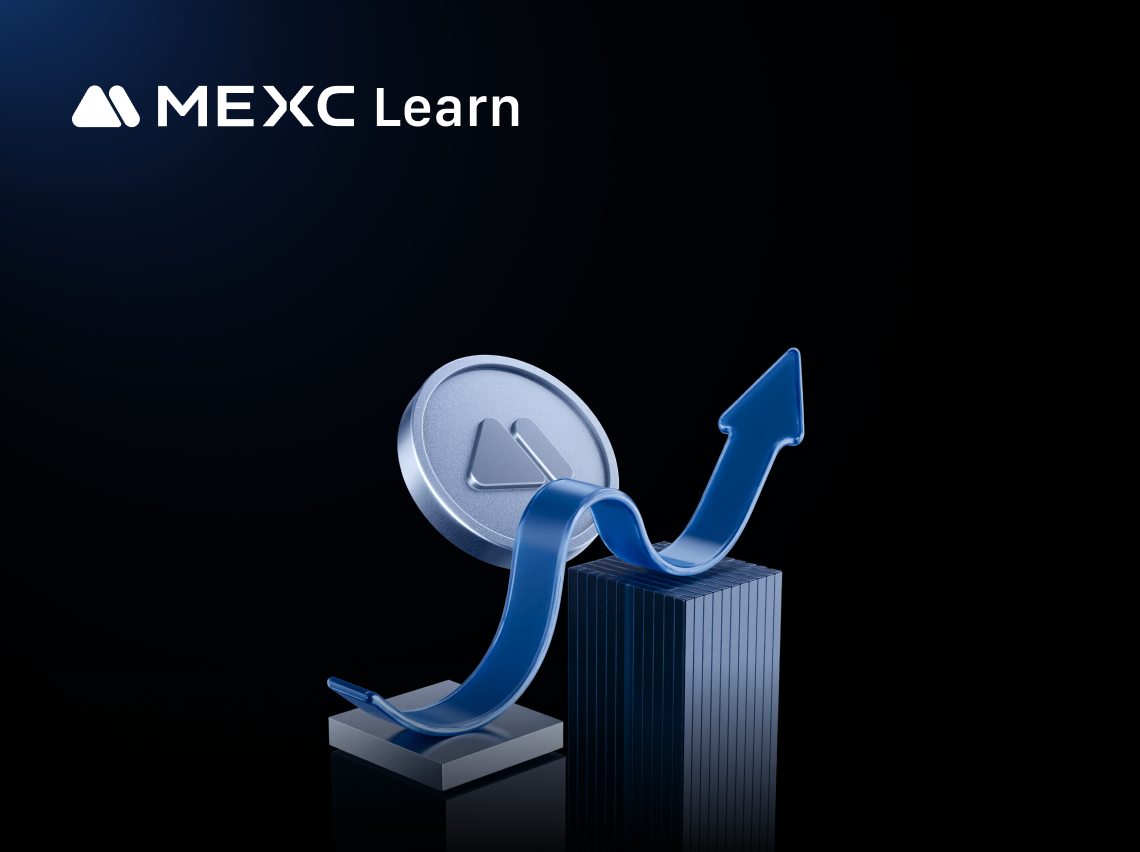
Nine-Figure Net Worth: The New Milestone in Wealth Creation
The concept of nine-figure net worth, ranging from $100 million to just under $1 billion, marks a critical threshold in the modern economy distinguishing ultra-high-net-worth individuals (UHNWIs) from
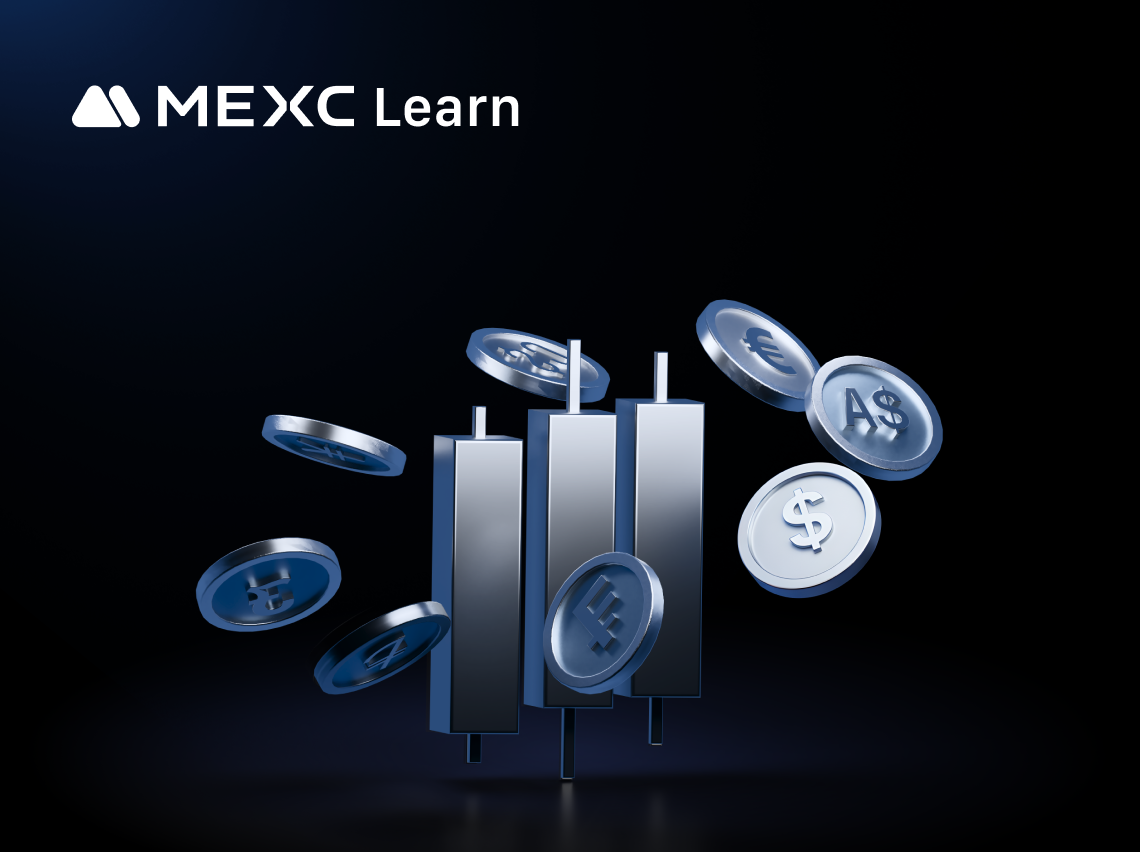
Dogecoin (DOGE) Bullish Price Prediction
Introduction to Bullish DOGE OutlookOptimistic investors often look to bullish price predictions for Dogecoin (DOGE) to identify the coin's growth potential during favorable market cycles. A bullish o
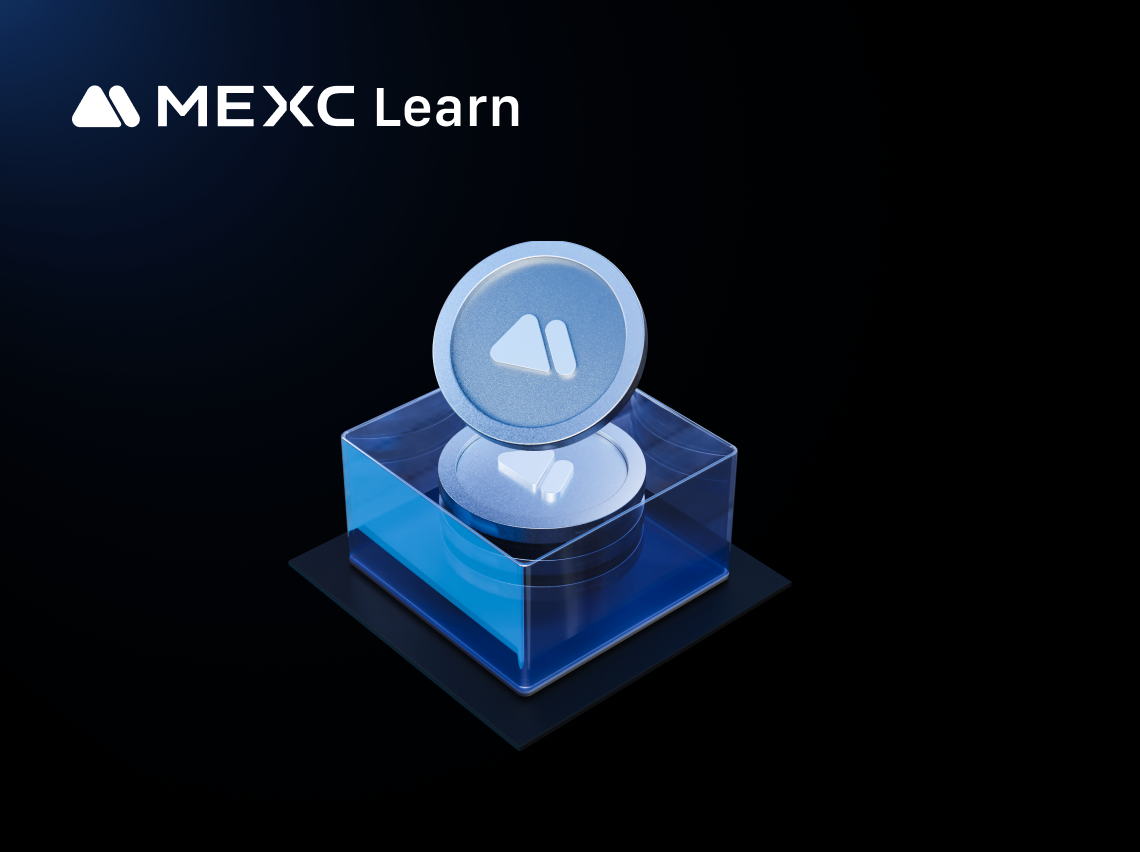
Dogecoin (DOGE) 7-day Price Change
The Latest Dogecoin (DOGE) price has shown notable short-term fluctuations over the past week, reflecting shifting sentiment around meme coins and broader market conditions. In this article, we'll exa
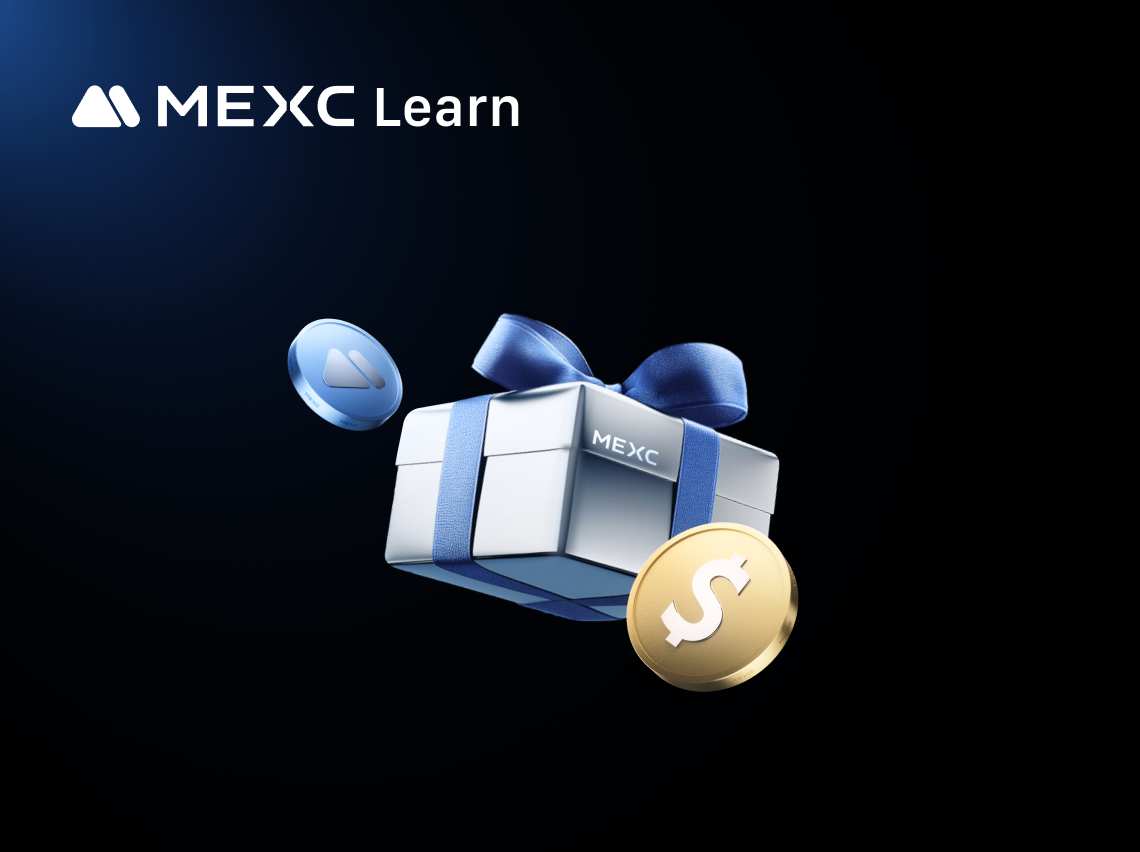
BOB (BOB) Price Updates: Latest Market Movements and Cryptocurrency Trading Insights
Staying updated with the latest price updates of BOB (BOB) helps crypto traders and investors monitor market shifts, track cryptocurrency volatility, and make timely investment decisions in the crypto
Trending News

Tokyo’s Metaplanet Launches Miami Subsidiary to Amplify Bitcoin Income
Metaplanet Inc., the Japanese public company known for its bitcoin treasury, is launching a Miami subsidiary to run a dedicated derivatives and income strategy aimed at turning holdings into steady, U
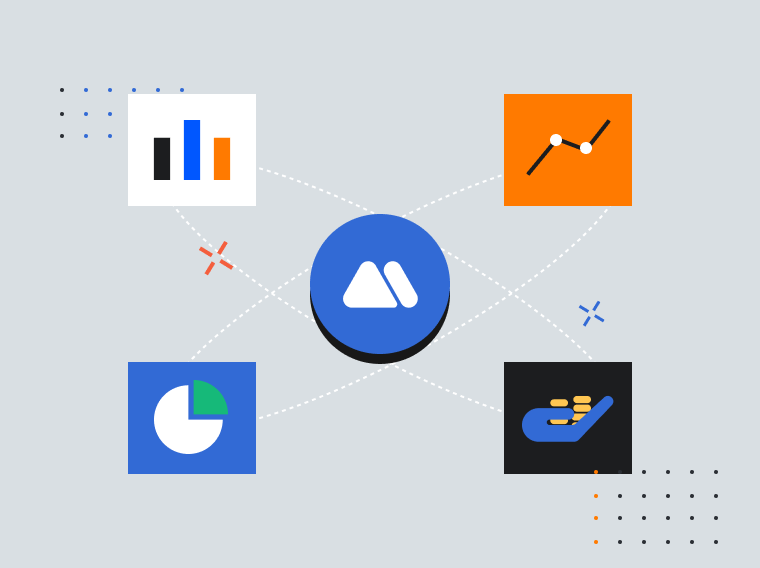
Tether’s Cash Offer for Juventus Ownership Rejected by Exor
The post Tether’s Cash Offer for Juventus Ownership Rejected by Exor appeared on BitcoinEthereumNews.com. Key Points: Tether’s €540M bid for Juventus was rejected

TROLL Price Prediction, Next Crypto To Explode
The post TROLL Price Prediction, Next Crypto To Explode appeared on BitcoinEthereumNews.com. Coinbase’s recent accumulation activity in TROLL has reignited interest
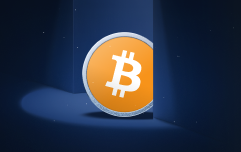
USDC Treasury mints 250 million new USDC on Solana
PANews reported on September 17 that according to Whale Alert , at 23:48 Beijing time, USDC Treasury minted 250 million new USDC (approximately US$250 million) on the Solana blockchain .
Related Articles
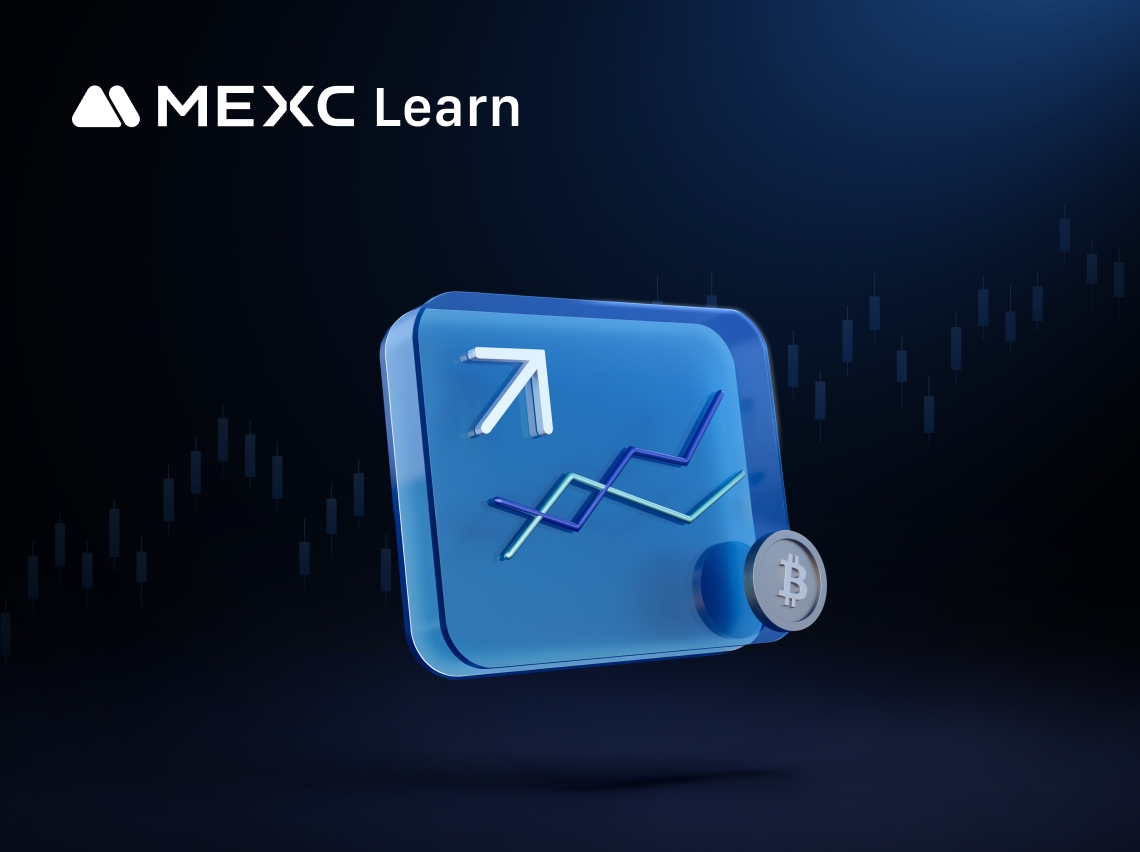
Calculation of Futures Yield and Trading Fees
When trading futures on MEXC or other major exchanges, your trading PNL is based on three components:Trading Fees: The cost incurred during the transaction.Funding Fees: Periodic settlements based on
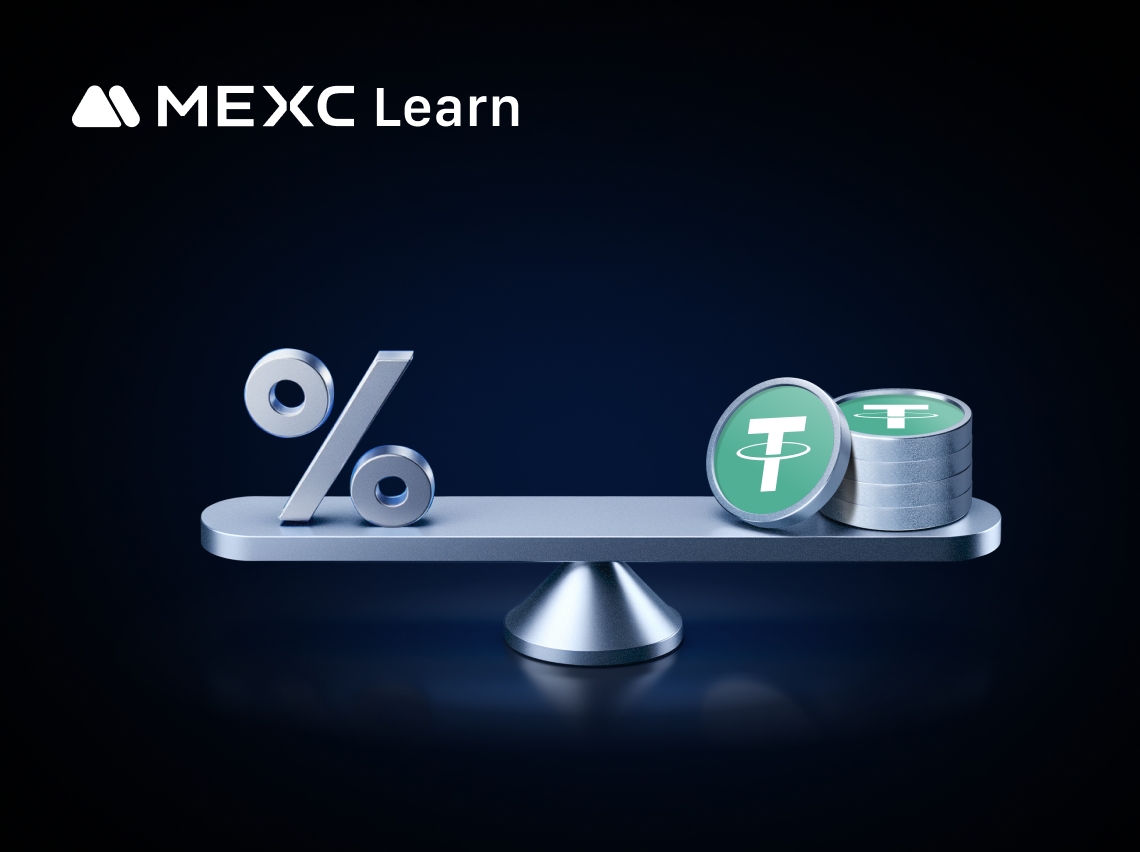
MEXC Fees Explained: Complete Trading, Futures & Withdrawal Fees Guide
Whether you are an experienced cryptocurrency trader or just getting started, understanding trading fees is essential to navigating the market and improving your trading experience. MEXC, a leading gl
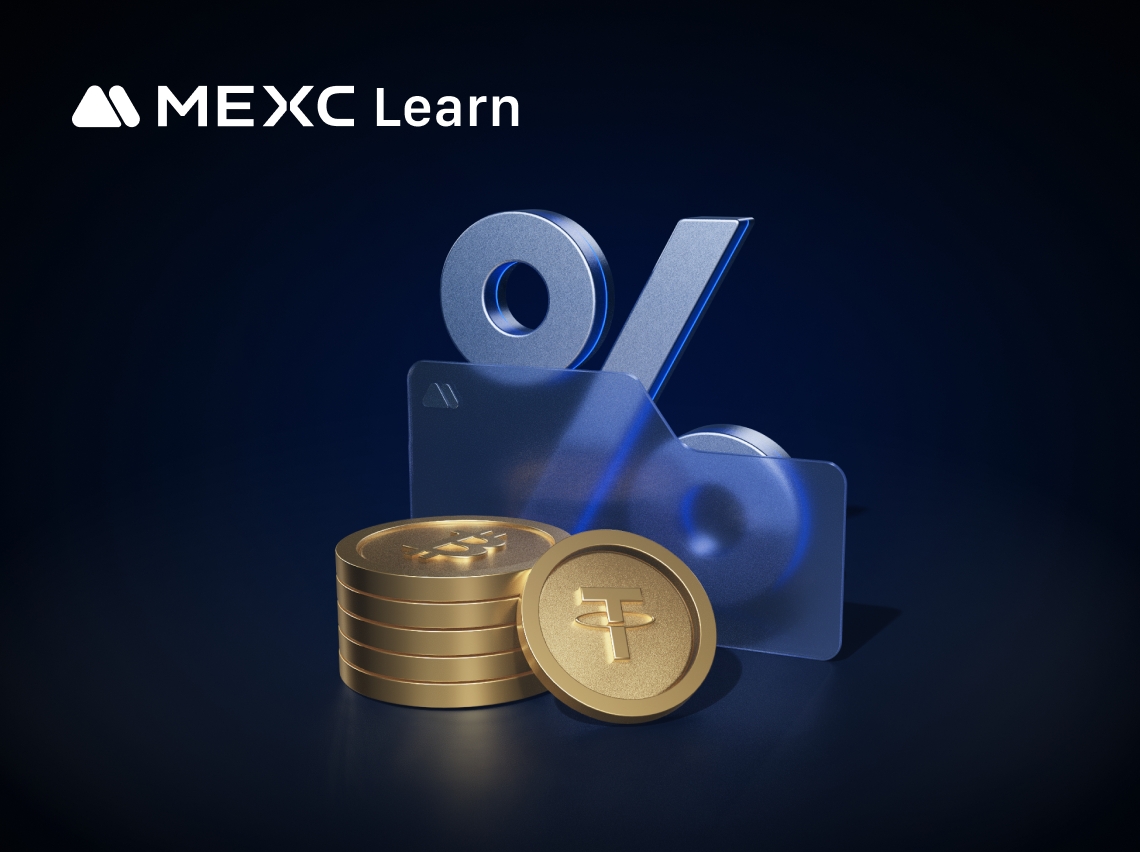
MEXC Futures Funding Rates: How to Check, Calculate & Optimize Costs
Have you ever experienced this? You predicted the market direction correctly in a futures trade, yet your profits kept shrinking, or your balance mysteriously dropped? The culprit might be something m
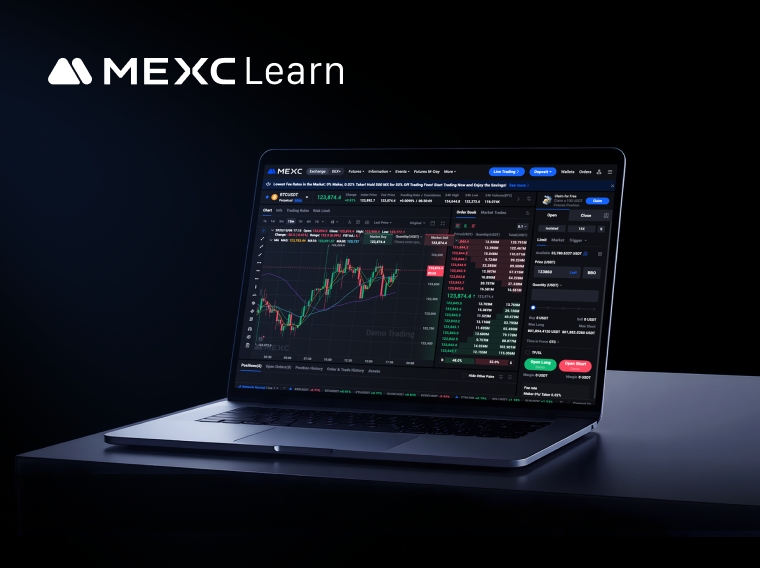
How to Use Demo Trading on MEXC Futures
In cryptocurrency futures trading, developing skills and strategies often comes at the cost of real capital. Many beginners enter the live market without sufficient preparation and face significant lo
